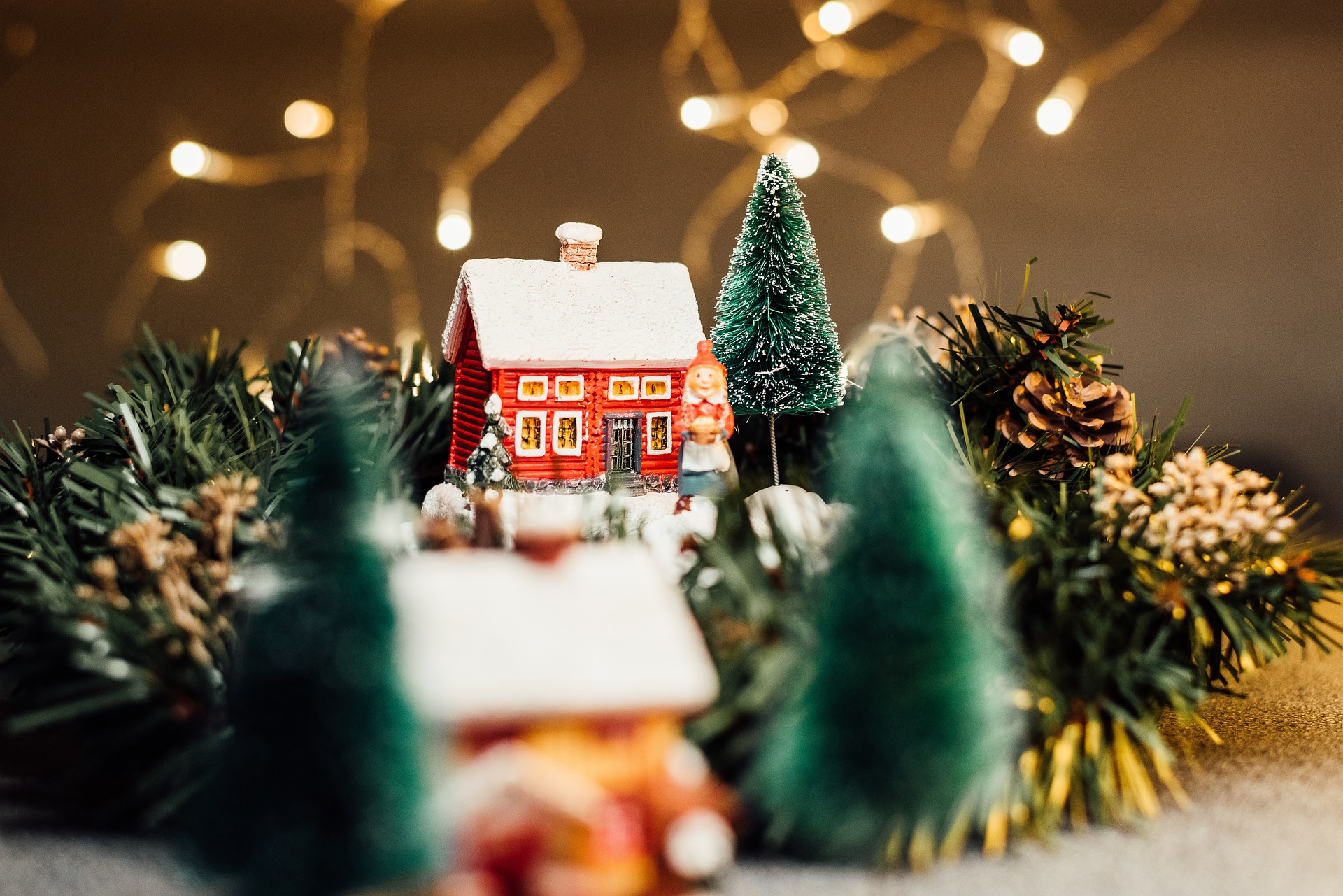Practical Christmas Decoration Ideas for Home and Tree Alternatives
The season of christmas invites homes to adopt a warm, organized approach to holiday atmosphere. Whether you prefer a minimalist look or a layered, cozy setting, planning decoration around scale, color, and function makes a big difference. This article covers planning, color and material choices, how to decorate a tree, practical tree alternatives, and low-impact decoration strategies to help make holiday decorating simpler and more sustainable.

How to plan your christmas decoration scheme
Start by assessing spaces where decoration will have the most impact: entry, living room focal point, mantel, and a primary surface such as a console or dining table. Set constraints like time, storage, and budget so you can prioritize items that travel from year to year. Sketch a simple layout or take photos to try different arrangements virtually. Consider lighting first — well-placed string lights or a single statement lamp often transform a room more effectively than many ornaments. Planning also means grouping decorations by theme or material to create coherence and ease of setup.
Choosing holiday color palettes and materials
Selecting a restrained color palette simplifies decoration and increases perceived cohesion. Traditional combinations include red and green, metallics with white, or muted pastels for a modern twist. Materials matter: natural elements (pine, dried citrus, wood) give warmth; glass and metal read as formal; textiles (throws, cushions, table runners) add softness. Think about textures and repeat a material across zones — a ribbon or garland color echoed in tree ornaments, table settings, and wrapped packages ties a room together. Prioritize high-visibility pieces in richer materials and use simpler accents elsewhere.
Decorating a tree: structure and ornament tips
Whether real or artificial, start with structure: place lights closest to the trunk and work outward to avoid surface-only lighting. Use progressively larger ornaments deeper in the tree and smaller, detailed ones toward the tips to create depth. Anchor a theme with one or two statement pieces — a meaningful tree-topper, a cluster of large baubles, or visually strong ribbons — then fill gaps with varied shapes and textures. Balance color distribution and avoid crowding one side. For safety, secure heavy items and choose shatterproof options if pets or young children are present.
Tree alternatives for small spaces and rentals
If a full tree isn’t practical, consider vertical or temporary solutions: wall-mounted branch displays, stacked wooden crates, or a minimalist ladder with garlands and ornaments. A tabletop tree or a wreath-motif gallery can offer the same seasonal focus with much less footprint. Use strings of lights on a blank wall to outline a tree shape, or repurpose bookshelves and mantels by creating layered vignettes of candles, greenery, and ornaments. These alternatives work well in rentals where permanent fixtures aren’t allowed and are easier to store after the holidays.
Sustainable decoration: reuse and low-impact ideas
Sustainable decoration practices reduce waste and often save money over time. Prioritize LED lights for energy efficiency and check timers to reduce run time. Choose durable ornaments that can be repurposed or repaired rather than single-use items. Natural decorations — such as dried orange slices, cinnamon-stick bundles, pinecones, and clippings from pruned branches — biodegrade and can be composted. Upcycling old textiles into ribbons or wrapping and shopping secondhand for vintage ornaments extend the life of materials. Store decorations properly to avoid replacement and label boxes to make future setups quicker.
Conclusion
Thoughtful christmas decoration comes down to planning, consistent palettes, and choices that suit your space and lifestyle. Whether you select a traditional tree or one of the many alternatives, focus on lighting, balance, and materials to create a cohesive holiday ambiance. Small sustainable adjustments—like choosing reusable ornaments, LED lighting, and natural accents—can reduce environmental impact while keeping seasonal displays attractive and manageable. With clear priorities and simple systems for setup and storage, holiday decorating becomes less stressful and more rewarding year after year.






